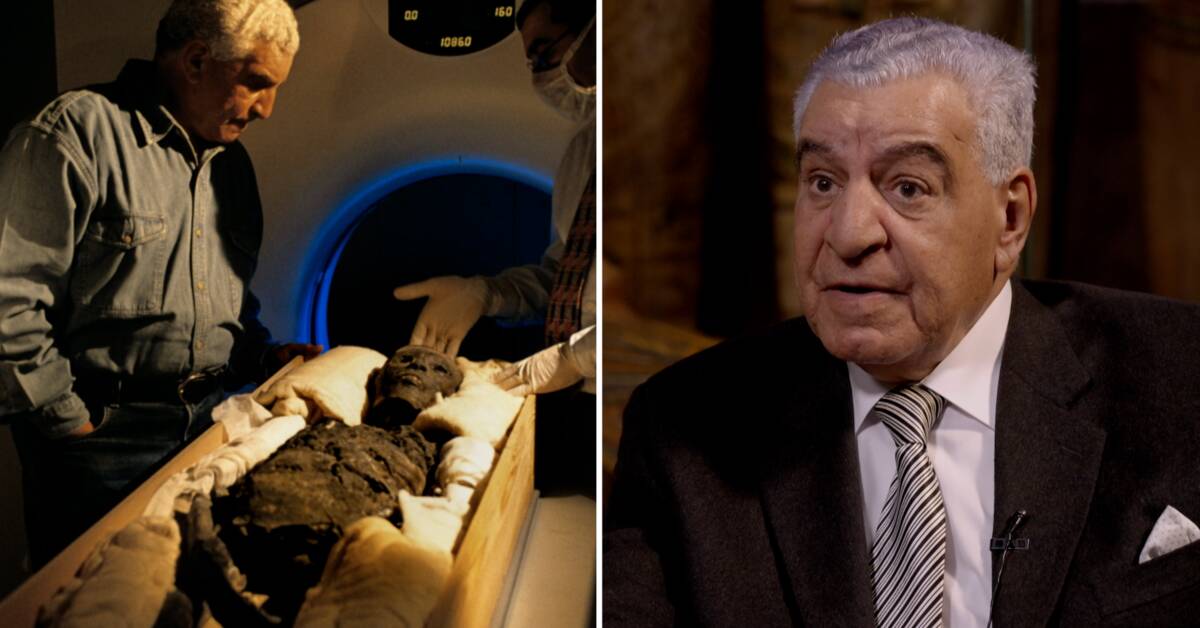King Tutankhamun died in the 14th century BC.
His grave was discovered in 1922 by archaeologist Howard Carter, and the grave was then completely untouched.
Several mysteries surrounding the tomb are still unsolved, such as why 27 people who were inside the tomb during the excavations died in the years after the discovery.
Found sticks in the grave
Egyptologist Zahi Hawass has long studied the tomb and the mummified pharaoh.
On the skeleton, one could see, among other things, an injury to one knee.
Several canes were also found in the tomb and on several depictions of Tutankhamun he has been painted sitting, which can be interpreted as if he had some form of physical limitation.
But according to Zahi Hawass, Tutankhamun was still able to enjoy life as a pharaoh.
- Despite his physical problems, he loved to hunt wild animals, says Zahi Hawass in The World of Science: Tutankhamun's Space Dagger.
He now believes he is close to solving the mystery of how Tutankhamun died.
The world of science: Tutankhamun's space dagger is shown Monday 20.00 in SVT 2 and on SVT Play.
Javascript is disabled
Javascript must be enabled to play video
Read more about browser support
What is a dagger with an iron blade doing in Tutankhamun's tomb?
He died 500 years before the Egyptians learned to handle iron.
Play the video to see the unexpected origin of the space dagger.
Photo: From the world of science

